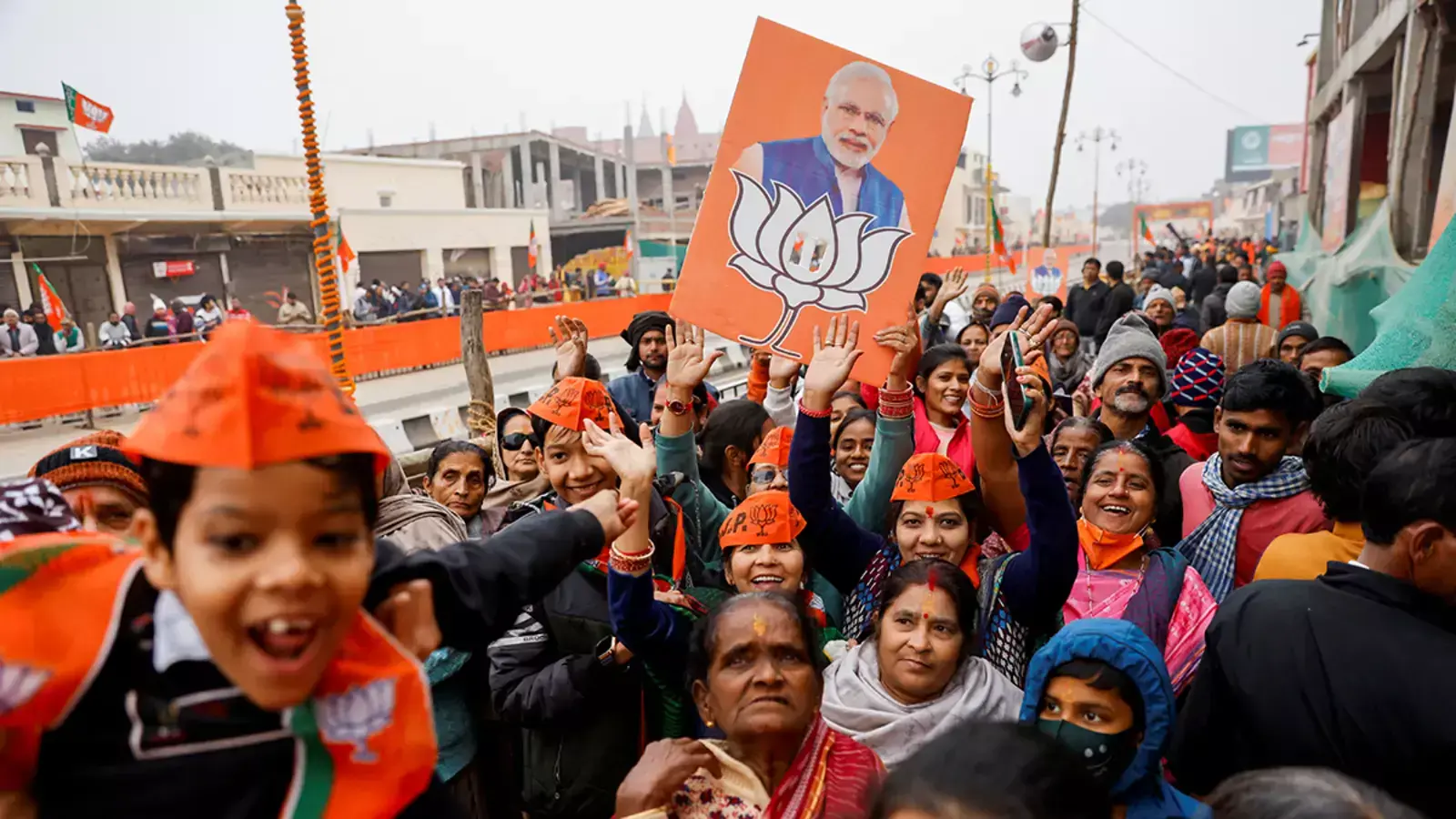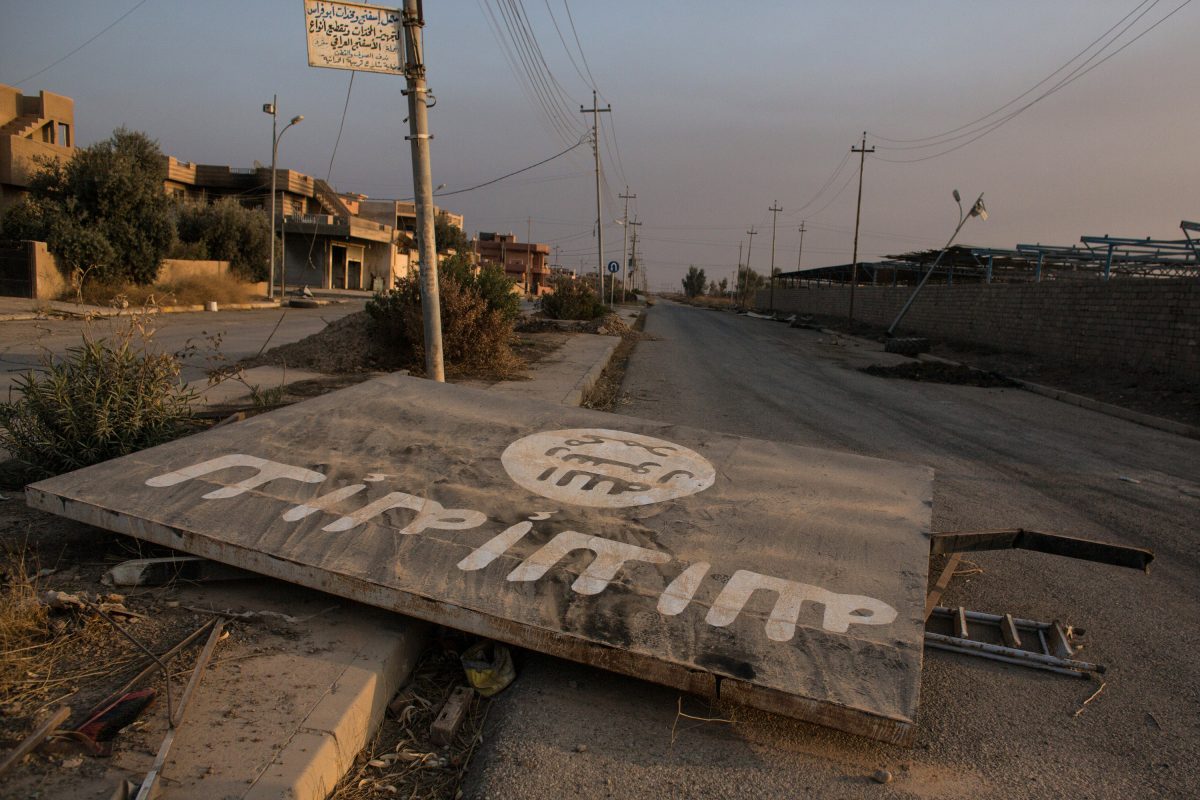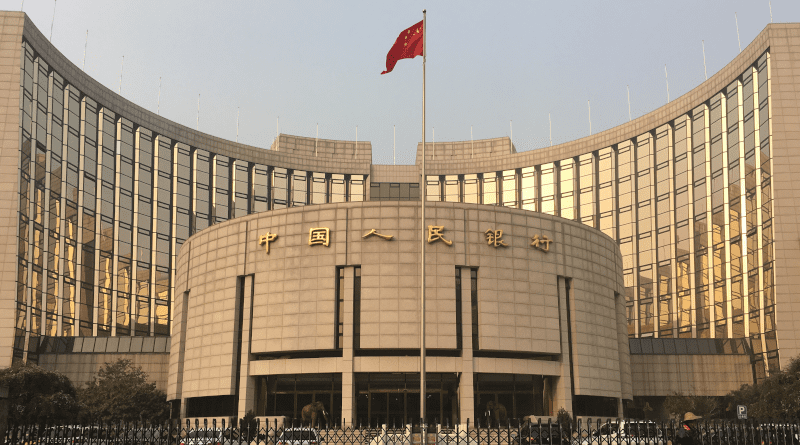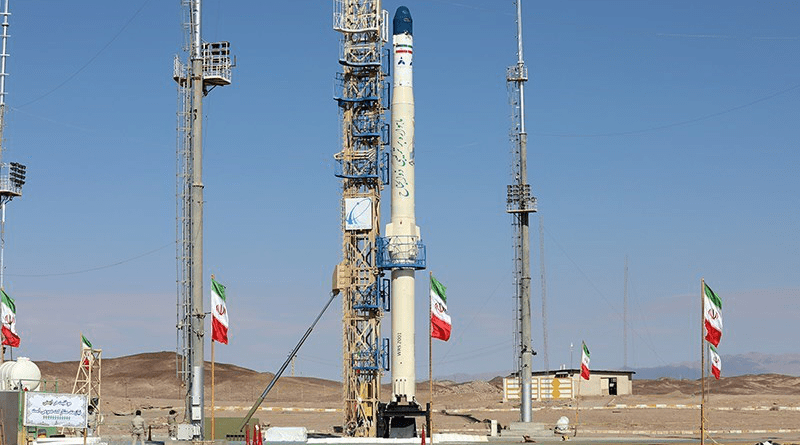The Israel-Hamas war reached its gruesome six-month mark Saturday and is considered one of the most destructive, deadly, and relentless conflicts of the 21st century.
“Six months on, the war in Gaza is a betrayal of humanity,” said Martin Griffiths, undersecretary-general for humanitarian affairs and emergency relief coordinator at the United Nations.
In a statement Saturday, Griffiths acknowledged the pain and suffering of both Palestinians and Israelis since Hamas staged its October 7 terror attack on southern Israel that killed 1,200 people and claimed more than 240 hostages.
Griffiths remarked that “for the people of Gaza, the past six months of war have brought death, devastation and now the immediate prospect of a shameful manmade famine.” He noted that for the people affected by the lasting horror of the Hamas attacks, “it has been six months of grief and torment.”
In his plea for a cease-fire, Griffiths said that “every second counts ending this war” as it claims more civilian victims and “continues to sow the seeds of a future so deeply obscured by this relentless conflict.”
Griffiths said any further escalation of the war in Gaza is an “unconscionable prospect.”
He said his “heart goes out to the families of those killed, injured or taken hostage, and to those who face the particular suffering of not knowing the plight of their loved ones.”
“It is not enough for six months of war to be a moment of remembrance and mourning,” he said. “It must also spur a collective determination that there be a reckoning for this betrayal of humanity.”












